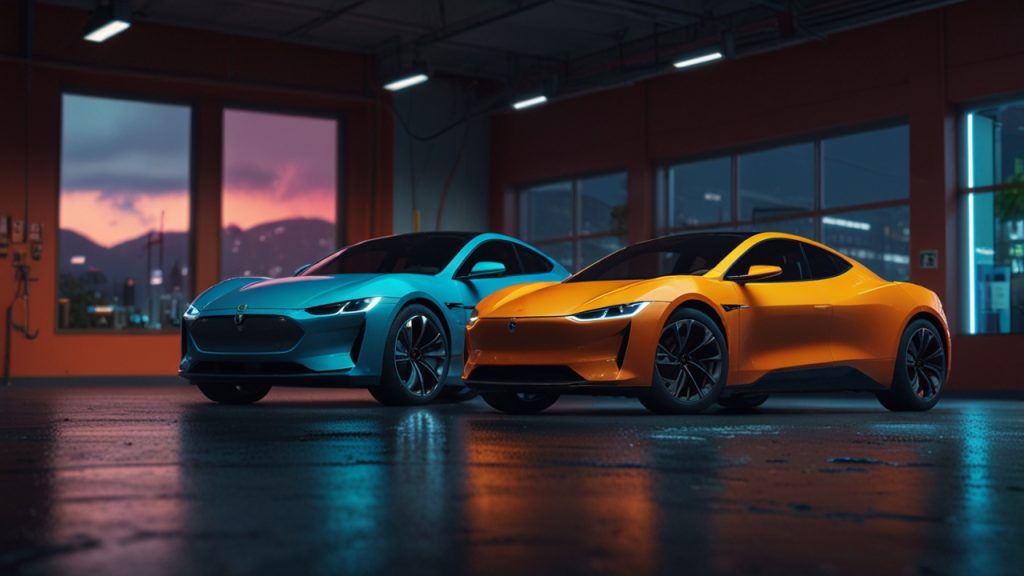During recent years electric cars sold in Europe now cost 15% less than before. Italy reduces vehicle costs under fresh market formats.
Current electric car market development shows opposite market trends as it transforms itself. JATO Dynamics showed during Rome’s “From 100% to 5%” event that electric car pricing dropped by 15% in Europe over six years but arose by 7% for fuel cars during the same period.
Electric cars experience worldwide growth slowdown
During 2023 global electric car sales declined rapidly while showing weaker progress than their previous six-year growth path. China dominates electric car production worldwide with 51% share the US rankings second with 22% and Europe holds 18%.
In Italy, the situation remains complex: Electric cars generally demand 25% more than fuel-based cars sell for an average of 67,058 euros which exceeds European (62,709 euros) and American (62,044 euros) typical prices but rests significantly below China’s 29,682 euros benchmark. The cost difference between electric and gas-powered vehicles shrinks as low-priced BEV models enter the A and B segments below 30,000 euros.
The product costs less but buyers do not show greater interest
Annually between 2018 and 2023 economy EV models expanded from 8 to 13 yet traditional car production fewer by 20. Further model releases before 2025 will create a strong price advantage for EV buyers.
According to Felipe Munoz from JATO Dynamics the pricing drops for EVs in Europe and the US remain different from those in China because China benefits from bigger local production and specific price incentives. Italy faces two barriers to electric car growth because there are few cheap electric car models and not enough charging stations across the nation.
Gianmarco Giorda from ANFIA and Cardinali from UNRAE explained that fixed support programs needed with tax advantages and charging network enhancements will guide the electric vehicle transformation. According to Francesco Naso of Motus-E electric vehicles will reach price parity against endothermic vehicles by 2025 which will expand their market availability.

